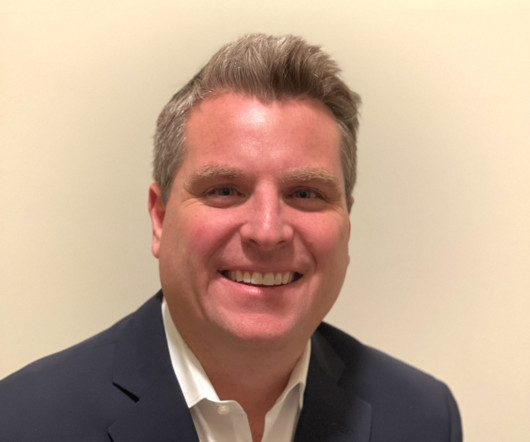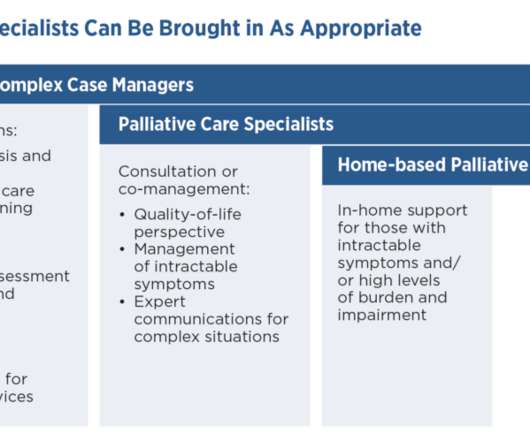Health Insurance Market Officials Raise Questions as They Look toward the Future of Telehealth
NASHP
JANUARY 31, 2022
For example, one study of telehealth use during spring of 2020 found that race/ethnicity, socioeconomic factors, age and English proficiency all factored in to accessibility of telehealth services to treat ambulatory care services. What impact does telehealth utilization have on cost and quality of care?













Let's personalize your content